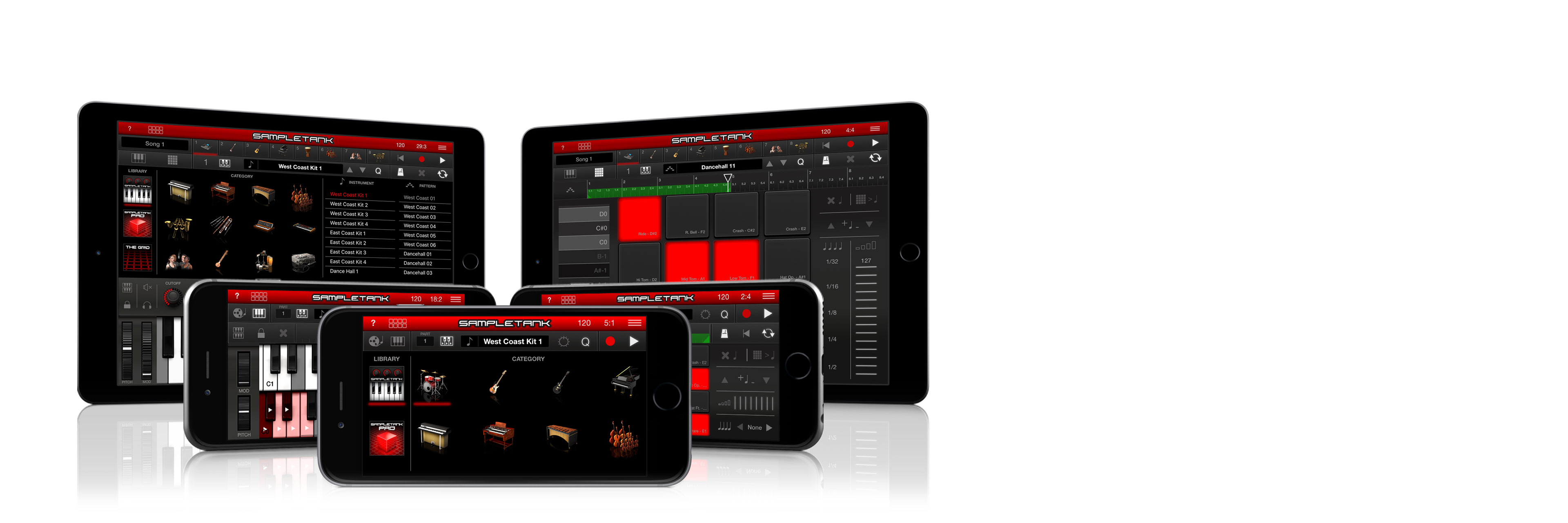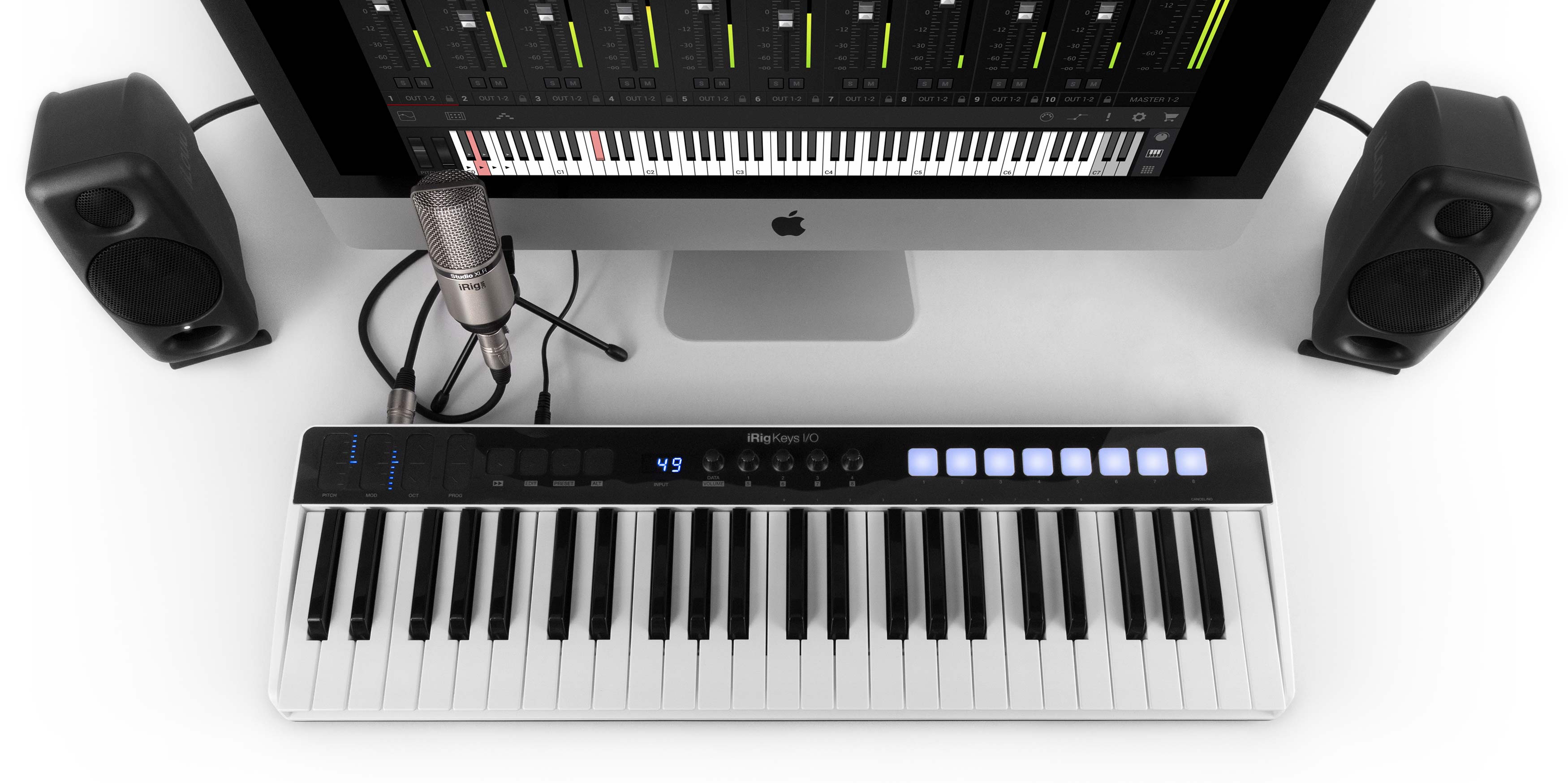
Remarkably, very few synth sounds I auditioned use more than one oscillator. The original sound designer has defined the number of elements, oscillators, and zones, as well as their sound sources, and other users can’t modify them. MIDI note/velocity zones can also contain specific samples.Įach element can have up to six sample-based oscillators, each with its own pitch, pan, and level controls. Drum kits are typically built with individual drums in different elements. Stringed instruments rely on them for multiple articulations.

A piano might have one element for the primary sound and another for the key release stage. One or more elements-collections of samples all governed by a common set of synth parameters-make up instruments. Note that ST3 legacy instruments have a different edit panel to match their native architecture, and it’s not possible to convert ST3 instruments to ST4 format. The Edit panel for ST4 instruments has everything you would expect in standard subtractive synth architecture, and then some. However, the workflow is much more involved than quickly sampling something for instant gratification. The new standalone SampleTank Editor app (just out of beta) does allow you to create your own instruments. ST4 is largely about using and manipulating the included instruments. Though ST4 comes with dozens of multis organized in a handful of categories, I find them most useful as points of inspiration and departure for my own layered explorations. ST4 saves all current settings in its environment and recalls them as multis. You can star your favorites to make them easier to find later. Clicking a result presents the related details in the right pane, complete with a 3D thumbnail of the instrument and effects. ST4’s refined browser helps navigate a sonic embarrassment of riches, narrowing instrument searches down by selecting multiple categories, genres, styles, and moods. Each part has controls for MIDI channel, transposition, solo, mute, pan, volume, and meters. The sister Layer Editor page lets you restrict each part to a desired key and velocity range. You can layer as many as 16 parts or use them as sources for DAW tracks. The Parts page is the hub for assigning instruments. A refined instrument browser also lets you find what you’re looking for faster. IK has increased the sound library in every edition by an approximate factor of four.

The reengineered sound engine facilitates faster loading via disk-streaming, and it has a powerful modulation matrix. The line’s fourth incarnation brings welcome improvements that make the entire experience more elegant and powerful. Miroslav Philharmonik 2, for example, is highly recommended. You can expand on your ST4 edition’s core instruments by purchasing additional collections in a variety of categories and genres. I worked with the flagship SampleTank 4 MAX edition. All editions work as plug-ins or in a standalone player that’s handy for fast inspiration or live gigs. The paid versions are SampleTank 4 SE ($150), SampleTank 4 ($300), and SampleTank 4 MAX ($500). It features 50 instruments adding up to 4GB.

#Ik multimedia sampletank for free#
You can even get into the world of ST4 for free with the recently released SampleTank 4 CS. ST4 is available in four editions, differentiated only by the included library size and pricing.
#Ik multimedia sampletank full#
It delivers a formidable collection of high-quality instruments and loops comprising pro samples processed through a versatile synth engine and top-notch effects, rounded out with a full complement of mixing and performance controls.
#Ik multimedia sampletank Pc#
SampleTank 4 is a 16-part multitimbral sound/groove workstation for the Mac and PC that improves on a respected legacy. Can a virtual warehouse full of instruments maintain quality along with quantity? Even the free version?


 0 kommentar(er)
0 kommentar(er)
